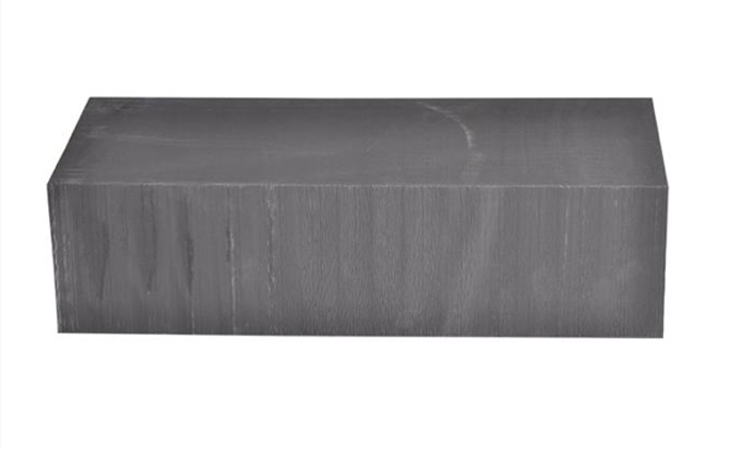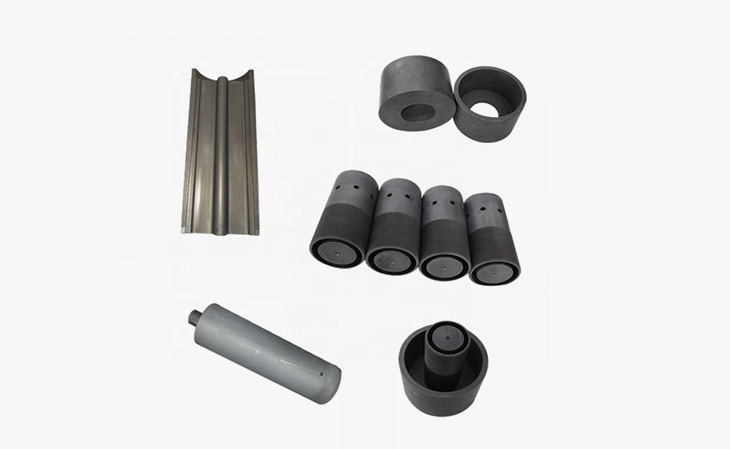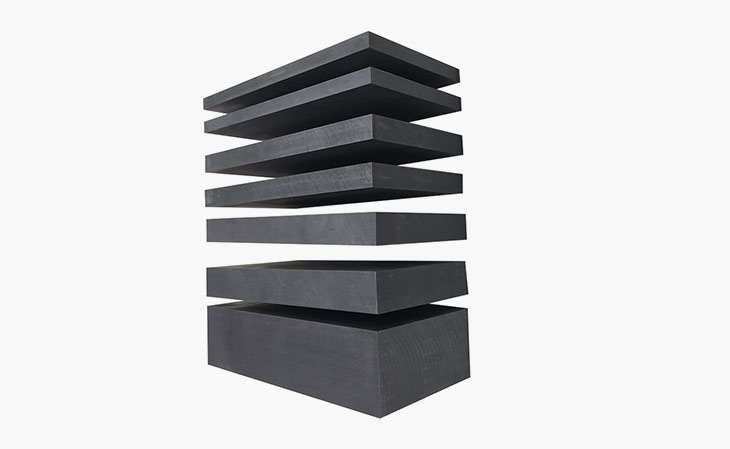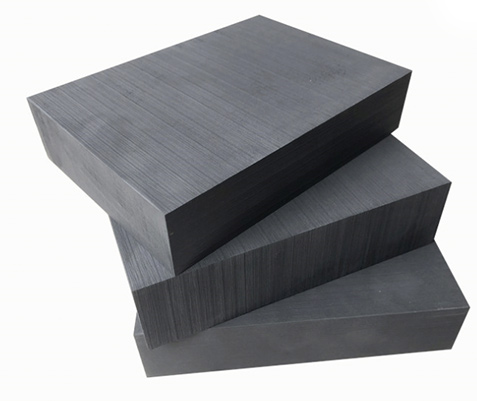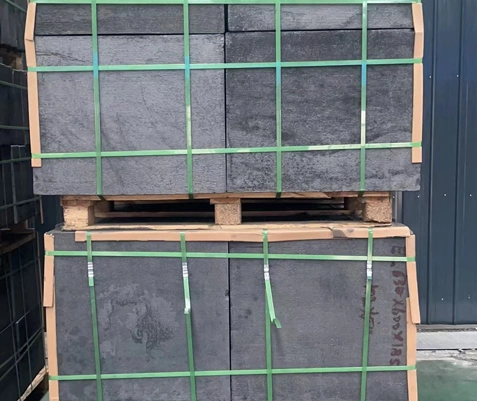We deeply understand that graphite exhibits numerous significant advantages compared to copper. Firstly, its processing speed and high-speed grinding speed far exceed those of copper, reaching three times and five times that of copper, respectively. Additionally, graphite boasts superior machinability, allowing for easy realization of complex geometric modeling. What's more noteworthy is that graphite weighs only a quarter of copper, making it lightweight and convenient, and the electrodes are easy to maintain. Moreover, the use of graphite can reduce the number of single electrodes and can even be bundled into combined electrodes, greatly enhancing its application flexibility. Furthermore, graphite has excellent thermal stability, is not easily deformed, and has no machining burrs, further ensuring its high quality and reliability.
Although graphite possesses so many characteristics, do issues like slagging, corrosion, oxidation, and conductivity during electrolysis represent the disadvantages of graphite? In fact, electrolysis of graphite requires the use of high-purity graphite materials, and encountering the above situations is normal. So, how should we efficiently resolve such problems when they arise?
Corrosion of graphite rods for electrolysis
During electrolysis, graphite rods may get corroded. This may lead to their surface becoming thinner or even breaking or slagging. When encountering such situations, firstly, we should ensure to select corrosion-resistant graphite rods, ensuring the selection of high-quality and strongly corrosion-resistant graphite rods. Additionally, regular inspections are also important to observe if there are any abnormalities on the graphite rod surface and to replace them in a timely manner.
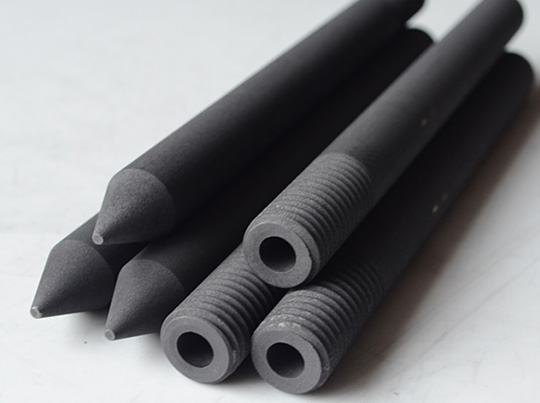
Oxidation Problem of graphite rods for electrolysis
During the operation of the electrolysis cell, graphite anodes will gradually be consumed. As the consumption thins out, it is necessary to pause the cell to replace the anodes. Oxidation and slagging are the main forms of consumption, related to the porosity of the graphite anode. The larger the porosity, the greater the consumption. When encountering such situations, we should control the current density, avoid excessively high current density, and reduce oxidation reactions. Additionally, we can use suitable electrolytes to reduce oxidation.
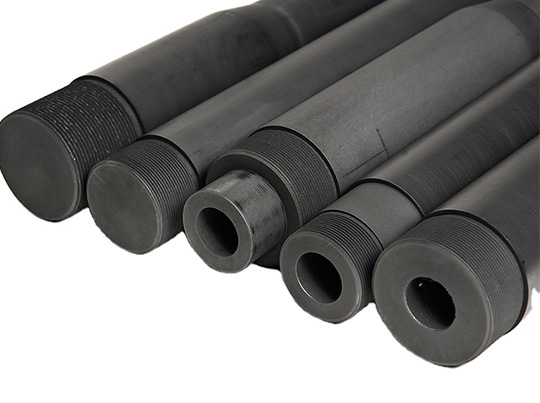
Graphite, as an excellent processing material, is highly favored. With the development of technology, graphite rods for electrolysis will play a more extensive role in future developments, providing reliable solutions for high-precision processing. Wanhui Graphite (WH) Graphite Rods have excellent conductivity, which can effectively reduce resistance loss and enhance electrolysis efficiency. At the same time, their high-temperature resistance and corrosion resistance reduce the frequency of replacement and maintenance, lowering production costs. More importantly, as an environmentally friendly material, graphite helps enterprises achieve green and low-carbon production methods. Wanhui Graphite (WH) Graphite Rods are widely used in various industries such as metal electrolysis, water electrolysis, and electroplating. Their stable performance and reliable quality have won the trust and praise of numerous customers. No matter what specifications or performance of graphite rods you need, Wanhui Graphite (WH) can provide satisfactory solutions for you. Choose WH, choose efficient, stable, and reliable electrolytic graphite rods for electrolysis. Let us join hands and create a new future for electrolysis technology together!
 English
English
